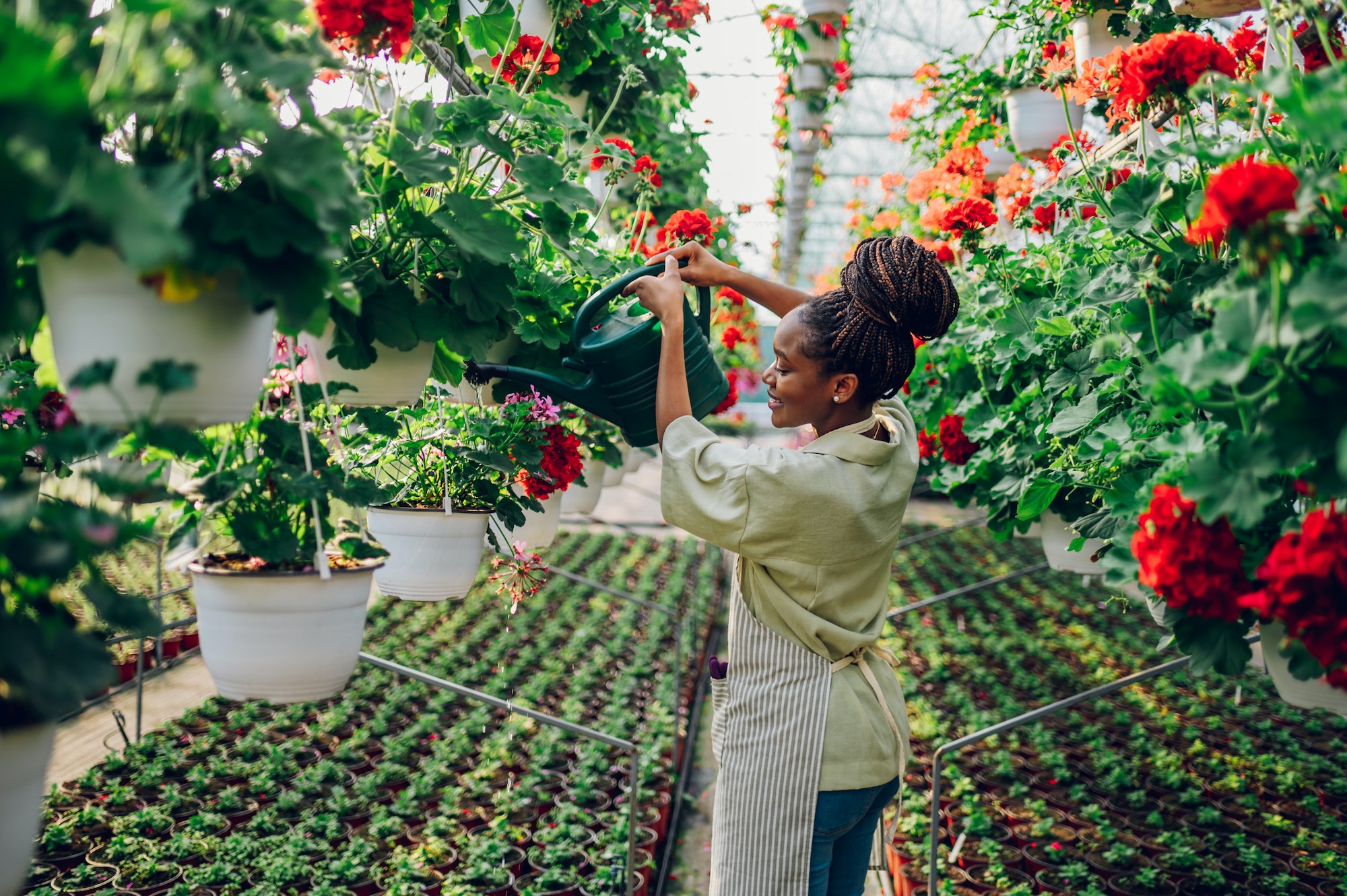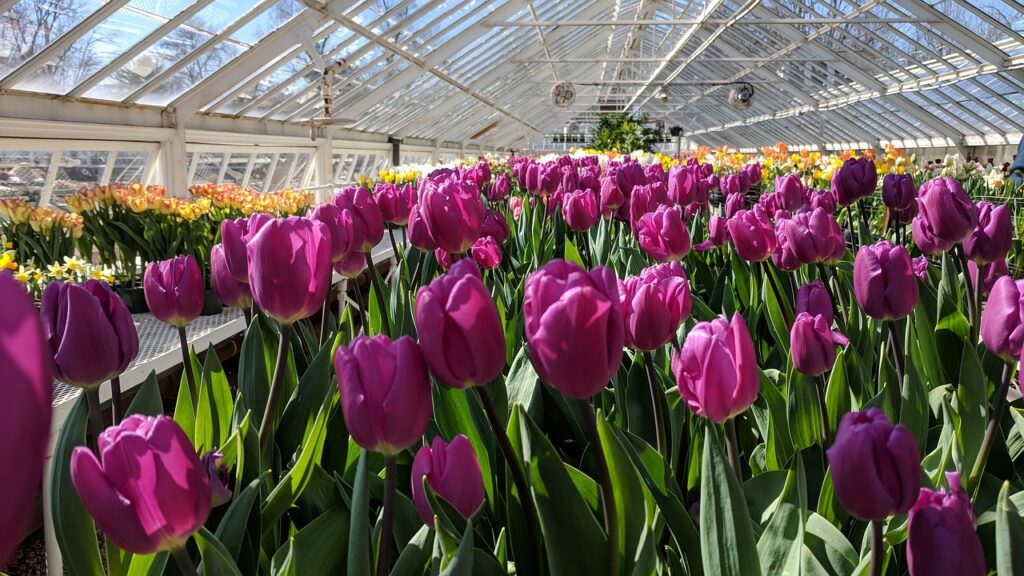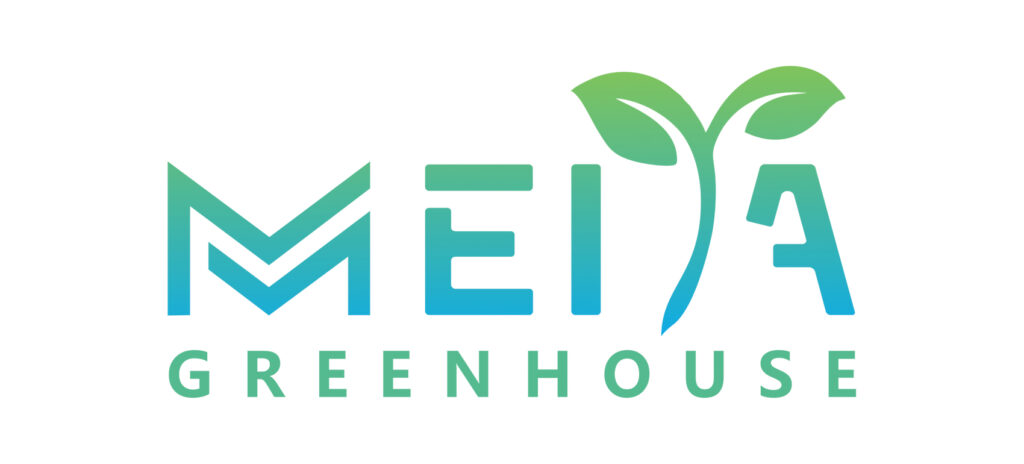The natural conditions of the Netherlands are not outstanding. A quarter of the country is below sea level and faces the difficulties of lowlands, humidity, and lack of light, which is extremely unfavorable for crop growth. However, Dutch agriculture has created many world firsts and seconds. This is due to the successful modernization model of agriculture in the Netherlands.
The foundation of the triple helix cooperation model
The Dutch regard the tulip as the national flower and have mastered the art of “turning flowers into gold”. Flora Holland is the world’s largest flower auction market, with annual sales of 4.5 billion euros and 12.5 billion flowering plants. Last year, the Netherlands exported 9.1 billion euros of flowers, accounting for nearly 70% of the EU total.
The Netherlands is the second largest exporter of agricultural products in the world after the U.S., while its land area is only 1/270th of the U.S. In the field of agriculture, the Netherlands is the absolute top student: the world’s top exporter of flowers, fruits and vegetables, the world’s third largest exporter of dairy products (after Germany and New Zealand), the world’s third largest exporter of animal and vegetable oils (after China and India), and the world’s fourth largest exporter of meat (after the U.S., Brazil and Germany). Brazil and Germany).
Data show that the Netherlands’ annual net agricultural exports amount to more than $30 billion. Its greenhouse vegetables, which account for three-quarters of the gross vegetable product, and 86% of its production will be sold worldwide.
The success of any business or country is the success of a model. Dutch agriculture is also the success of a model. The answer to Dutch success lies in the Dutch highly innovative agricultural development model – the triple helix cooperative model
When it comes to the Dutch agricultural experience, we have to mention the “triple helix model”. This is a three-way cooperation model that combines the power of government, enterprises, and universities. The government plays two important roles: first, it invests in education to improve the technology and scientific research of agricultural workers; second, it conveys advanced agricultural knowledge and skills to farmers to promote the continuous improvement of agricultural productivity.

An agricultural business model worth learning from
In addition to the agricultural development model, several major business models of Dutch agriculture are also worth learning from.
First is greenhouse agriculture
Since the 1950s, Dutch greenhouses began to develop, and they relied on glass greenhouse technology to vigorously develop facility agriculture, breaking through these restrictive bottlenecks and making this small country with an area of only 40,000 square kilometers, leap to become one of the global agricultural powerhouses. It has created the miracle of being second in the world in agricultural exports.
According to statistics, the Netherlands glass greenhouse area reached 165,000 acres, accounting for about 1/4 of the world’s total greenhouse area, West Holland is the most concentrated area of greenhouses. About 60% of the glass greenhouses are used for flower production, and 40% are mainly used for fruit and vegetable crops (mainly tomatoes, bell peppers, and cucumbers) production.
The glass greenhouse environmental control is fully automated, including a light system, heating system, liquid fertilizer irrigation, and fertilization system, carbon dioxide replenishment device, and mechanized harvesting and monitoring system. Glass greenhouse full automation, coupled with advanced knowledge and technology to produce very high yielding and high-quality crops, the production of agricultural products are also mostly exported to other countries.

Second, soilless cultivation.
In Dutch facility cultivation, the proportion of soilless cultivation is as high as 80%, while the proportion of soilless cultivation in facility horticulture is as high as 90%. Among them, most of the Dutch soilless culture uses rockwool cultivation, unlike many of our domestic substrates or hydroponics. Rockwool cultivation is a cultivation technique in which plants are planted in pre-made rockwool.
The Dutch facility cultivation on the basis of the high standard continuous greenhouse, the use of advanced cultivation techniques, and supporting modern hardware and equipment to improve the yield per unit area, its vegetable crop yield level in the world’s leading.
Soilless cultivation using rock wool as the substrate is called rock wool culture, which is a new technology of soilless cultivation, and the vegetables and flowers grown in rock wool culture not only have high yield but also have good quality and less pollution. In this way, it ensures low cost and high premium.
Modern cultivation technology is the core of the development of Dutch greenhouse agriculture. Modern production technology includes variety selection, plant management technology, soilless cultivation technology, grafting technology, and so on. Dutch greenhouses use automated irrigation systems and precise fertilization of greenhouse crops while insisting on source control and integrated pest prevention and control to ensure product safety.

Third, the combination of biological prevention and control and big data.
Greenhouses in the Netherlands almost never use pesticides but use natural enemies of pests for control.
In Dutch facility agriculture, biological prevention and control as well as the application of natural enemies is very common, the proportion of chemical pesticide use is small, at about 10% to 20%, and the proportion of physical and biological prevention and control is basically at 60% to 80%.
We see the glass greenhouse of Dutch agriculture, the application of physical and biological prevention and control methods such as yellow boards, and insecticidal lights, and the application of natural enemies to the extreme. Pest control is based on agricultural control, physical control, and biological control. Pharmaceutical control is also based on the mineral source and plant source agents, and the amount of chemical agents is within 20%, and even some facility bases do not use any chemical agents, completely reaching the organic level.
In the Netherlands, when dealing with pests that are detrimental to the growth of crops, the growers do not use chemicals but introduce natural enemies that are not harmful to the crop, which is a very common way to control pests in Dutch agricultural production.
At the same time, the Netherlands pays a lot of attention to information technology operations and field monitoring, and big data collection. These bases are very well established with big data, which are input into the computer, and use information technology to control various automated operations and prevention and control of greenhouses.
Most of the greenhouse bases here have very few diseases, mostly prevention-oriented, and big data collection on what time pests and diseases may appear, once the disease, according to the big data for prevention and control.

Fourth, the cooperative business model.
Dutch agriculture has corresponding links from seedling, planting, service organization, acquisition, sorting and sales, etc. Each link has a clear division of labor, yet works closely together. Each link focuses on doing a good job in its area of responsibility and doing it to the best.
In order to protect the interests of cooperatives, all agricultural cooperatives are organized in the National Agricultural Cooperative Bureau, which is responsible for representing the interests of cooperatives, coordinating relations between cooperatives, coordinating relations between cooperatives and other economic organizations, and promoting the development of cooperative business.
Cooperatives play an important role in agricultural technology exchange, processing and marketing of agricultural products, etc. Through the processing and marketing activities of cooperatives, close ties are formed between farmers and cooperatives, and integrated agricultural operations are developed.
Fifth, the agricultural products distribution model.
The Netherlands has become the second-largest exporter of agricultural products in the world because of its efficient distribution model. Auction, collective bargaining by farmers’ cooperatives and internal purchase by an integrated group are the main modes of distribution of agricultural products in the Netherlands. The auction method is a very characteristic present in the Netherlands, and in the case of flowers, for example, 80% of the Dutch flower exports are traded on the auction market.
To sum up, there are three real reasons why Dutch agriculture is the “best in the world”: technological leadership, food safety, and standardization, and institutional cooperation and division of labor. With these three “weapons”, Dutch agriculture has been able to develop overall strengths and core competencies.







